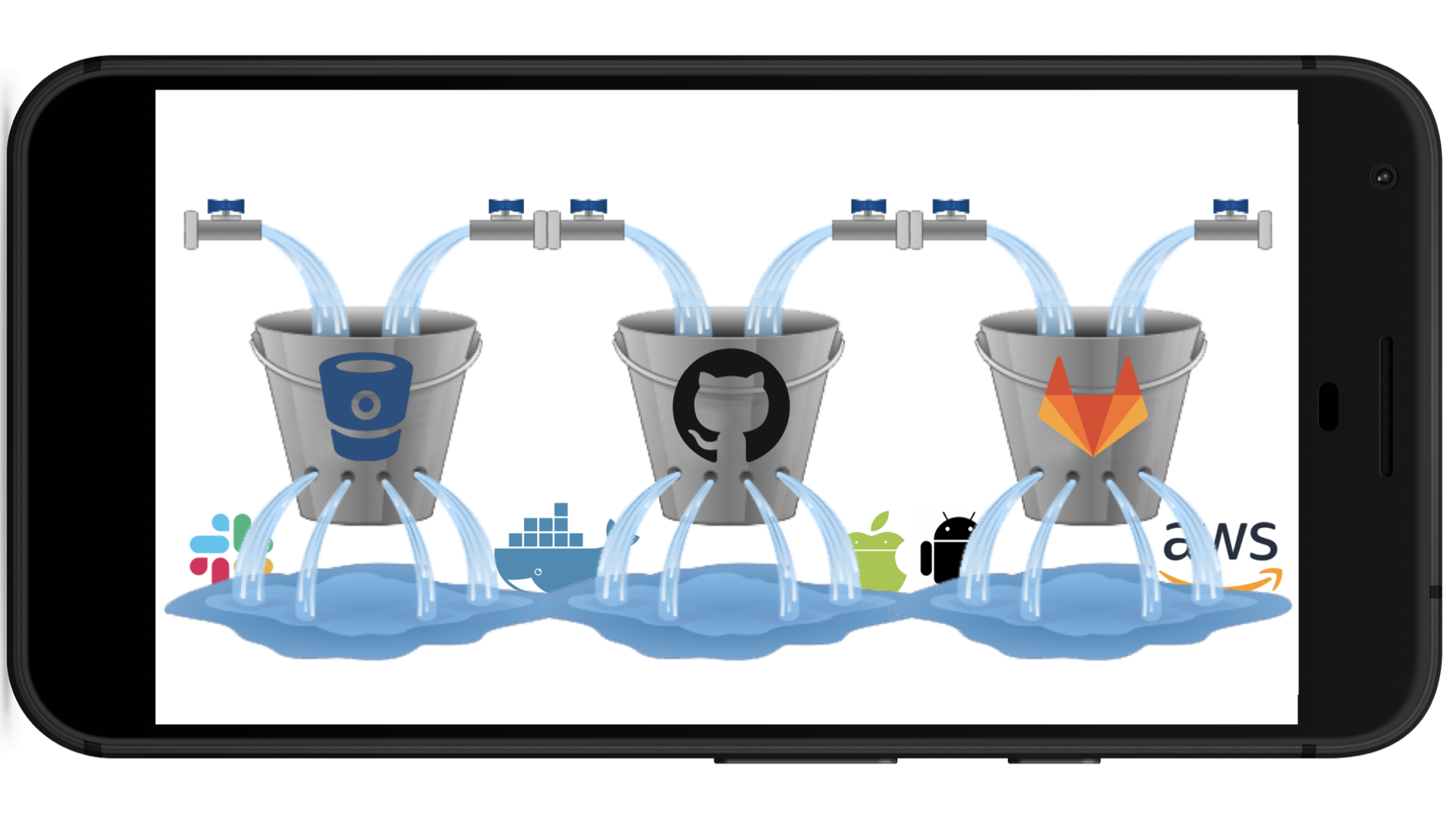«Rule your commits» © Git Hook

Git Hooks are really useful guys that help us to control interactions with Git. I would like to show you couple of samples of their usage.
Precondition
First of all we should:
- create .githooks folder near the .git folder
- create a Makefile in the project’s root that will set githooks path and activate them
- fill the Makefile like in the sample below:
init:
git config core.hooksPath .githooks
git config advice.ignoredHook false
To force Makefile works, just enough to execute this command in the terminal:
make
Commit message
If we are working in a feature branch workflow it would be pretty nice to have an issue name for each commit developer does. To realize it we could:
- create commit-msg file into the .githooks folder
- add a regex into the commit-msg file that will verify the commits messages:
#!/bin/bash
commit_regex="(ISSUE-[0-9]+|TASK-[0-9]+|merge)"
if ! grep -iqE "$commit_regex" "$1"; then
echo "You have to add issue tag in the commit"
exit 1
fi
If developer won’t set an issue tag in a commit message, he/she will get an error with request to add the issue tag.
User email
Imagine, we would like each developer to use only corporation emails. So, to realize it we could:
- open the same commit-msg file in the .githooks folder
- add a regex into commit-msg file that will verify developer’s email:
#!/bin/bash
USER_EMAIL=$(git config user.email)
CORP_DOMAIN="@corp.company.com"
if [[ $USER_EMAIL != *"$CORP_DOMAIN" ]]; then
echo "Your email ($USER_EMAIL) has to contain this domain: $CORP_DOMAIN"
exit 1
fi
If developer won’t set a corp email in the git project, he/she will get an error with request to add the correct email
Conclusion
Eventually I would like to highlight Git Hooks give us a soil (or better to say hooks?) for automation. Whether it be issue names collection for release or a simple censure in the commit messages.




